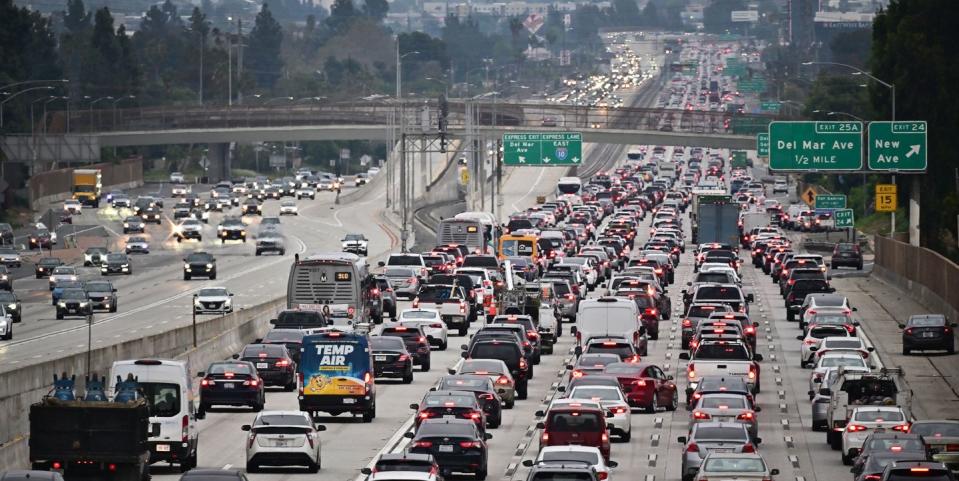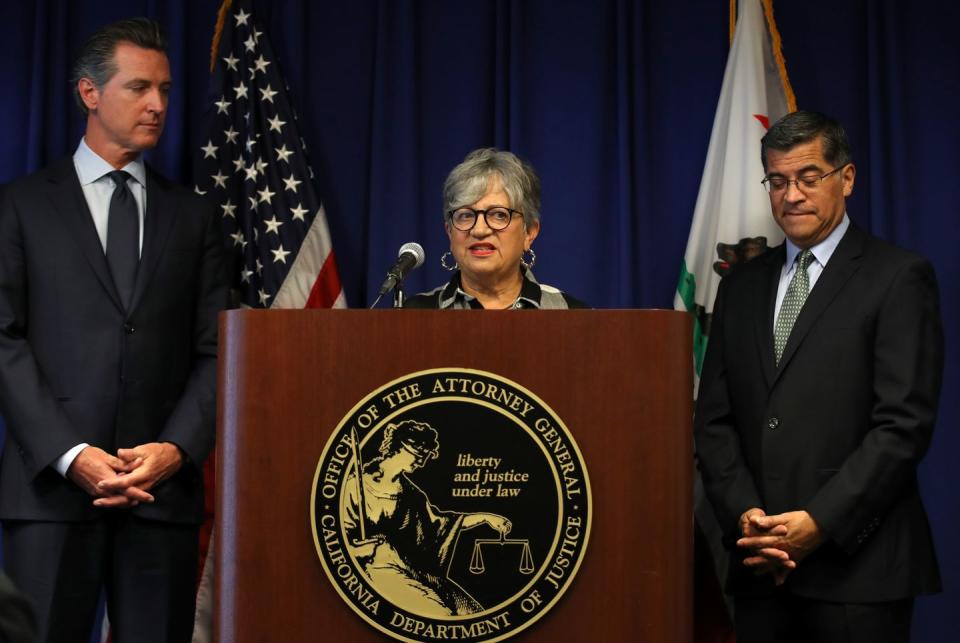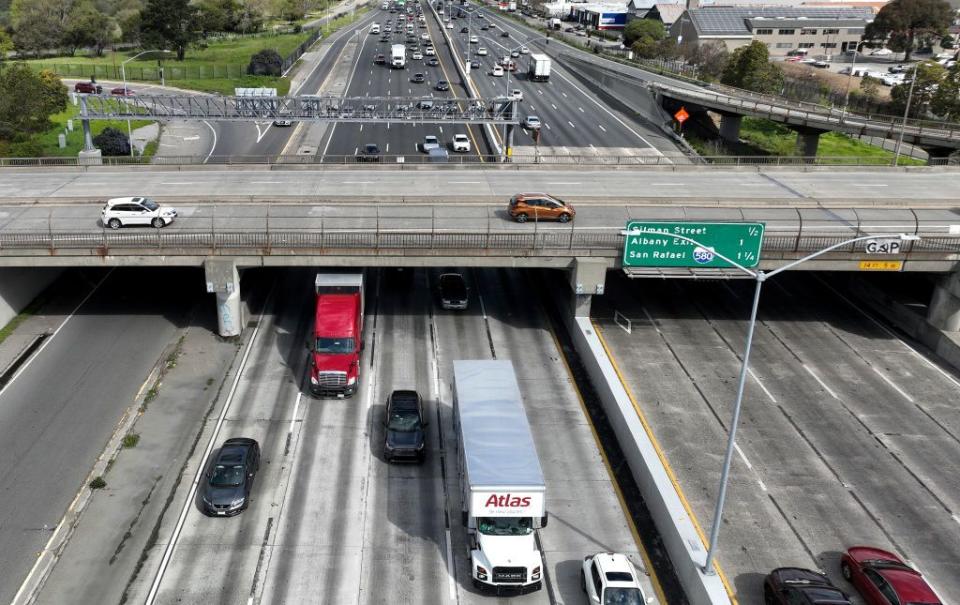Are California’s Ambitious 2035 ZEV Goals on Track?

California has reached its first ZEV sales goal of 1.5 million units two years early, but is the state on track for 100% ZEV sales by 2035?
Experts from California's Air Resource Board and UC Davis' PH&EV Research Center say this progress is encouraging, but fine-tuned incentives and millions of additional chargers will be essential.
With 18 states adhering to the CARB ZEV plans, the Golden State will lead the way and provide a super-sized example for smaller market states like Vermont and New Mexico.
Exiting the Howard Hughes Parkway and making a 120-degree bend onto the 405, I didn't spend much time looking at the cars around me, even though our collective pace allowed for plenty of time to gander. In fact, it wasn't until later in that Los Angeles evening that I started to notice the trend. Piling in and out of various Lyfts, each one was a hybrid, with a series of beloved Toyota Priuses joined by one workhorse Toyota Camry Hybrid.
This is not a California coincidence but rather the result of decades-long investment into clean air regulations by the Golden State government. Headed up by the California Air Resources Board, the state has been studying, legislating, and influencing emissions policies throughout the nation since 1967, with the Environmental Protection Agency continually allowing California to set stricter-than-Federal standards for itself and other states to follow. The 21st-century culmination of this authority is so prevalent that you might not even know it's there, as 18 states currently adopt California's vehicle emissions standards, and the prevalence of good-faith systems like check engine lights and catalytic converters are owed to the agency as well.

Since the turn of the century, however, CARB has focused on electric vehicles, from mild hybrids to battery-electric big rigs. And the state of California actually reached a significant milestone just two weeks ago, with Governor Gavin Newsom announcing that 1.5 million zero-emissions vehicles (BEV, PHEV, FCEV) have been sold statewide. That volume of sales is momentous on its own, but it also marks an achievement of the state's zero-emissions sales goals—set out by former California Governor Jerry Brown in 2012—a whole two years ahead of schedule.
In order to get there, California has doled out around $2 million dollars in ZEV incentives, stemming from programs like the generalized credit Clean Cars 4 All initiative, a cash-for-gas-clunkers-style Clean Vehicle Rebate Project, and a low-income accessibility-focused Clean Vehicle Assistance Program. Indeed, these programs are mostly working as intended, with the count for ZEVs growing by more than 20,000 units in the weeks since Governor Newsom's announcement. All told ZEVs represent 21% of light-duty vehicle sales in California just this year, according to California's Energy Commission.
That's a positive indicator, no doubt, but California plans to be at 100% in just 12 years—at least according to the most recent set of goals from CARB, known as the Advanced Clean Cars II Regulations (ACC), which were adopted in August 2022. Within this regulatory web of EV durability requirements, environmental justice credit programs, and charging infrastructure mandates exists the current blueprint for fully electrified sales by 2035, charting out a linear sales goal growth for every year starting in 2026. Even though the clock hasn't officially started ticking yet, John Swanton, an Air Pollution Specialist and Communications Specialist at CARB, believes that current sales trends indicate these 2035 goals are generally within reach.
"We're at a very good place in the early stages of this. It is exciting that we're going from a few hundred vehicles and then a few thousand to having the numbers that we now have in California," Swanton said in an interview with Autoweek. "It took us 30 years to get to this point and we don't think it's going to take that much longer to move forward."
But it's not just the folks at CARB who see California's progress as on track. Dr. Gil Tal, director of the Plug-in Hybrid & Electric Vehicle Research Center at the University of California Davis, believes California is most certainly on track and could actually remain ahead of its sales schedule for some time, according to a co-authored analysis of the newest ACC regulations. Additionally, in contrast to Europe's tailpipe emissions regulation approach, Tal noted that sales requirements and aggressive performance standards are the most effective way to accelerate a ZEV transition.

"Right now it's kind of voluntary. All of these sales are not happening because of government regulations, but because there is a demand that the car companies are pushing," Tal explained in an interview with Autoweek. "New car buyers are of the higher income group in most populations and, before the new IRA, many of these cars were sold with very little incentives."
Referencing California's Energy Commission ZEV database confirms this claim, as PHEV versions of BMW's X5 and 3-series, Jeep's Wrangler 4xe, and the Polestar 2 battle it out for sales number pole positions behind Tesla and Chevy's Bolt lineup, all with little to no state incentive depending on the purchaser's income. Of the 1.5 million cumulative ZEVs sold in California, battery-electric models make up over a million units while PHEVs make up 457,000 or so. Tesla's Model 3 and Model Y represent around 42% of the 125,000 ZEVs sold so far this year. Fuel-cell electric vehicles make up only 15,432 units of total ZEV sales, unsurprisingly.

 Yahoo Autos
Yahoo Autos 